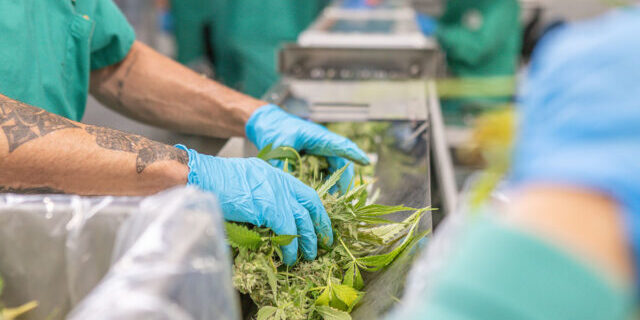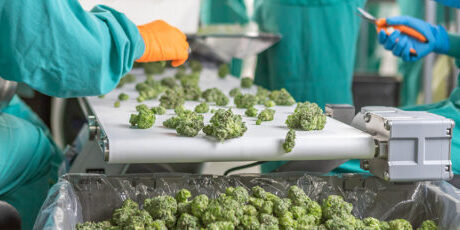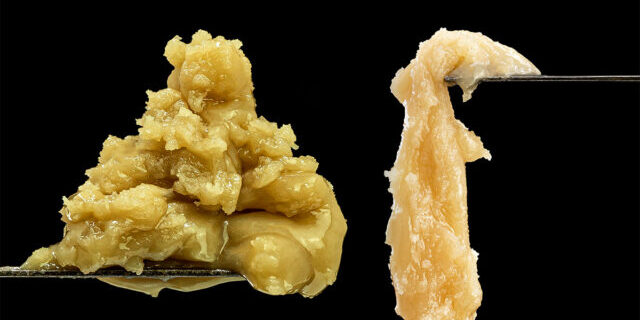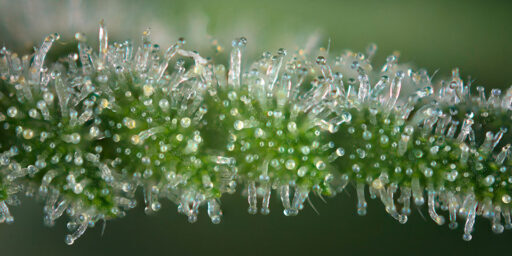The Ideal Temperature for Milling Cannabis
Temperature matters in cannabis milling more than most processors realize. It’s one of the most critical and yet often overlooked factors that affect product quality, yield, and throughput.
Mobius recently investigated the role that temperature plays in milling performance. What we found confirmed what many in the industry have long suspected: controlling temperature makes a measurable difference.
In this article, we’ll break down why milling temperature matters, share case study results, and walk through actionable steps for improving your milling setup.

Why Milling Temperature Matters
When cannabis is milled at the wrong temperature, everything in the production line is affected. Not only are you dealing with stickier material or longer cleanup times, but you’ll also sacrifice trichome integrity, terpene content, and even particle size distribution. These results mean reduced yields when creating extracts, inconsistent quality of pre-rolls, and more time spent cleaning and adjusting equipment between batches.
Higher temperatures introduce friction and cause the resin to melt, which smears across screens and clogs machinery. This creates a buildup of resin that clumps and slows down your operation. Kief packs together and forms balls. Particle sizes become erratic. Throughput drops from increased processing time. Cleaning the machinery takes considerable time and needs to be done more frequently.
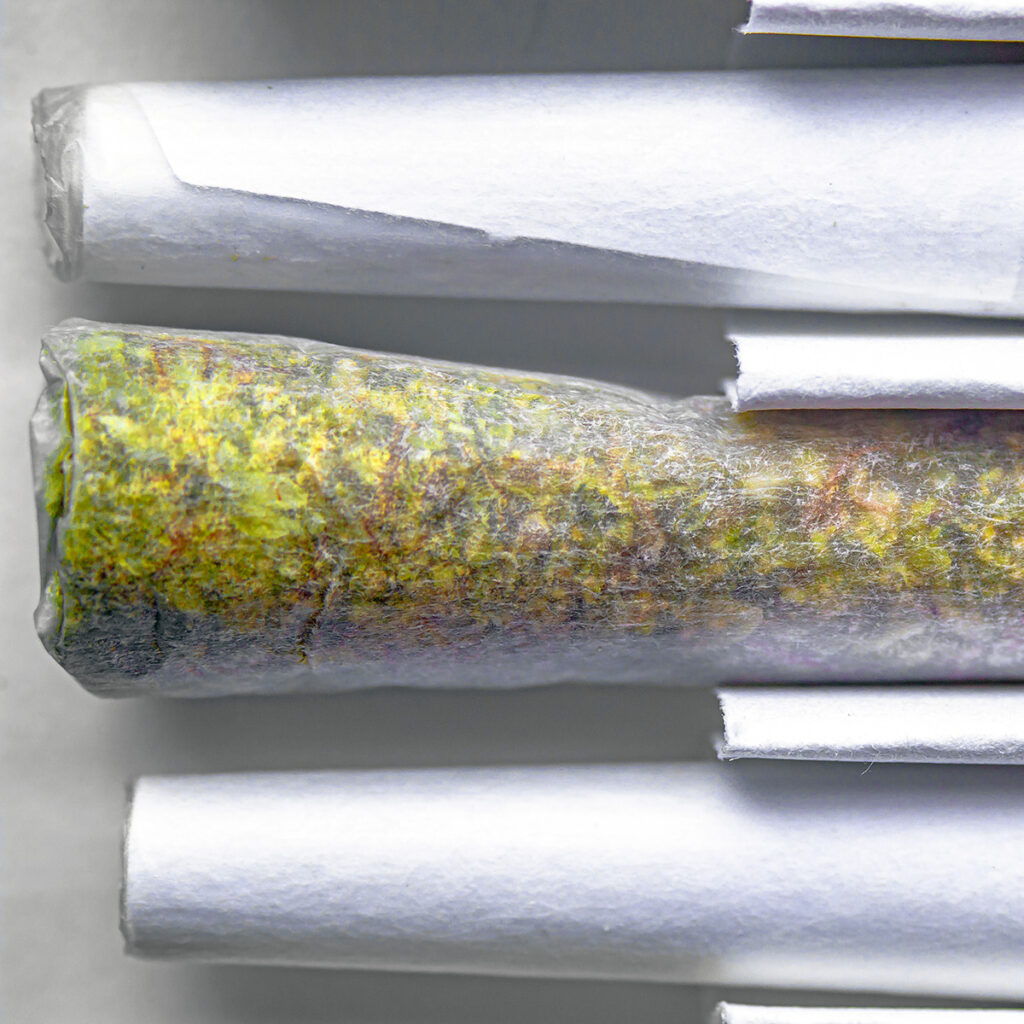
Pre-roll automation especially suffers from poor particle consistency. Loose or over-milled material can create issues in cone filling, while clogged machinery or uneven grinds lead to variable weights and burn rates. In extraction, uneven particle sizes affect surface area exposure, leading to channeling and inefficient oil recovery.
The structure of the cannabis plant itself contributes to these issues. Its trichomes and chemical compounds are especially vulnerable to mechanical disruption at high temperatures. Cold conditions protect the integrity of both cannabinoids and volatile terpenes, preserving the natural chemistry of the plant material and preventing damage that leads to particle inconsistency and resin buildup.
Controlling temperature throughout the milling process — both in the room and in the product itself — is the key to preventing these problems and should be treated as a foundational best practice rather than an optional enhancement.
The Science Behind Cannabis Milling and Temperature
Unlike the fibrous plant material surrounding them, trichomes aren’t built for friction. The resinous heads that hold your most valuable cannabinoids and terpenes begin to break down under surprisingly moderate heat. It doesn’t take much, even a small increase in temperature, caused by fast-spinning blades or warm ambient air, can soften trichome heads and cause them to smear.
Cannabinoids and terpenes are both highly sensitive to heat. While the boiling point of most terpenes sits well above room temperature, they begin to evaporate or degrade at much lower thresholds. In milling, it’s not about hitting the boiling point — it’s about how sustained exposure to friction and ambient heat affects molecular stability. With poorly regulated temperatures, processors see a loss in both potency and aroma.
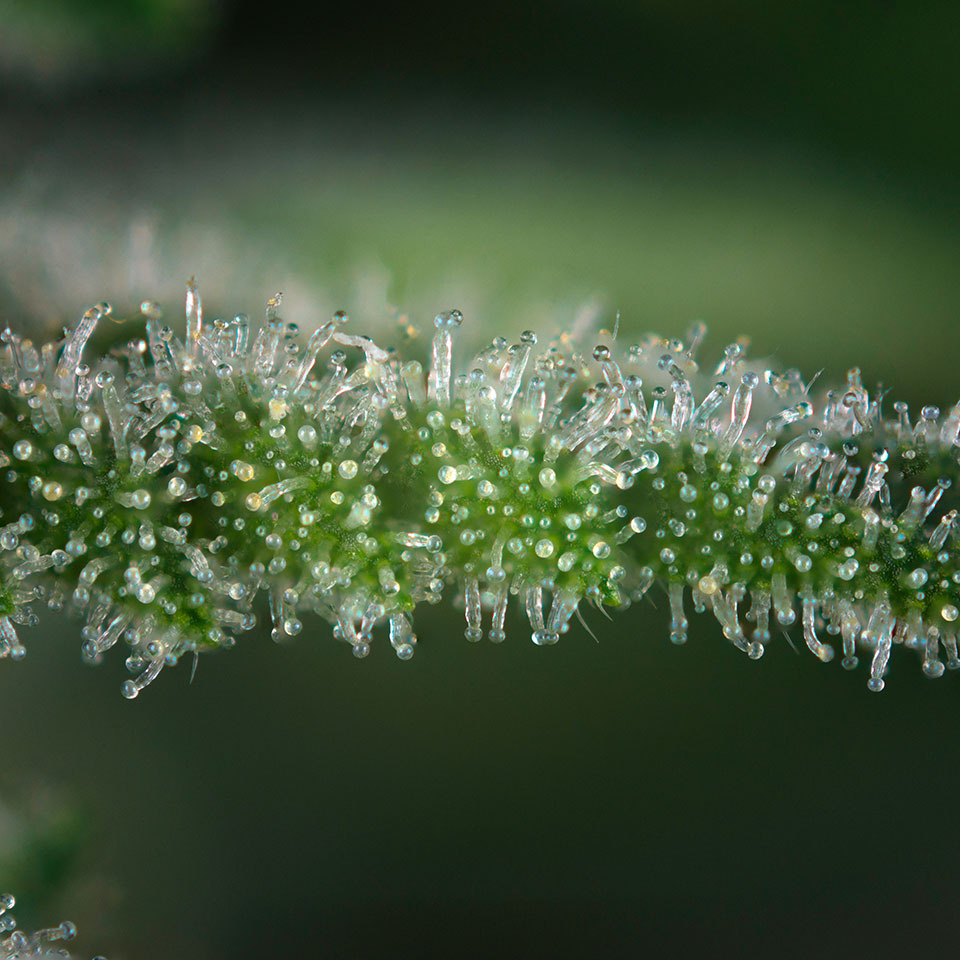
The loss of volatile terpenes during cannabis processing is one of the main contributors to a bland or muted final product. Careful control over milling temperature settings ensures that these sensitive compounds stay intact.
Heat is primarily generated by friction between moving parts, especially in high-speed blade systems, and by motors under load. Trichomes are particularly vulnerable due to their waxy outer layer and volatile internal oils, which are sensitive to even minor thermal spikes.
When cannabis is milled under colder conditions, the results are drastically better. Lower temperatures keep trichomes brittle rather than gummy. Resin remains solid, reducing buildup on screens and maintaining clean, consistent cuts. Cold milling produces uniform particles, which improves pre-roll packing, burn rate, and extraction efficiency.
Room Temperature Considerations
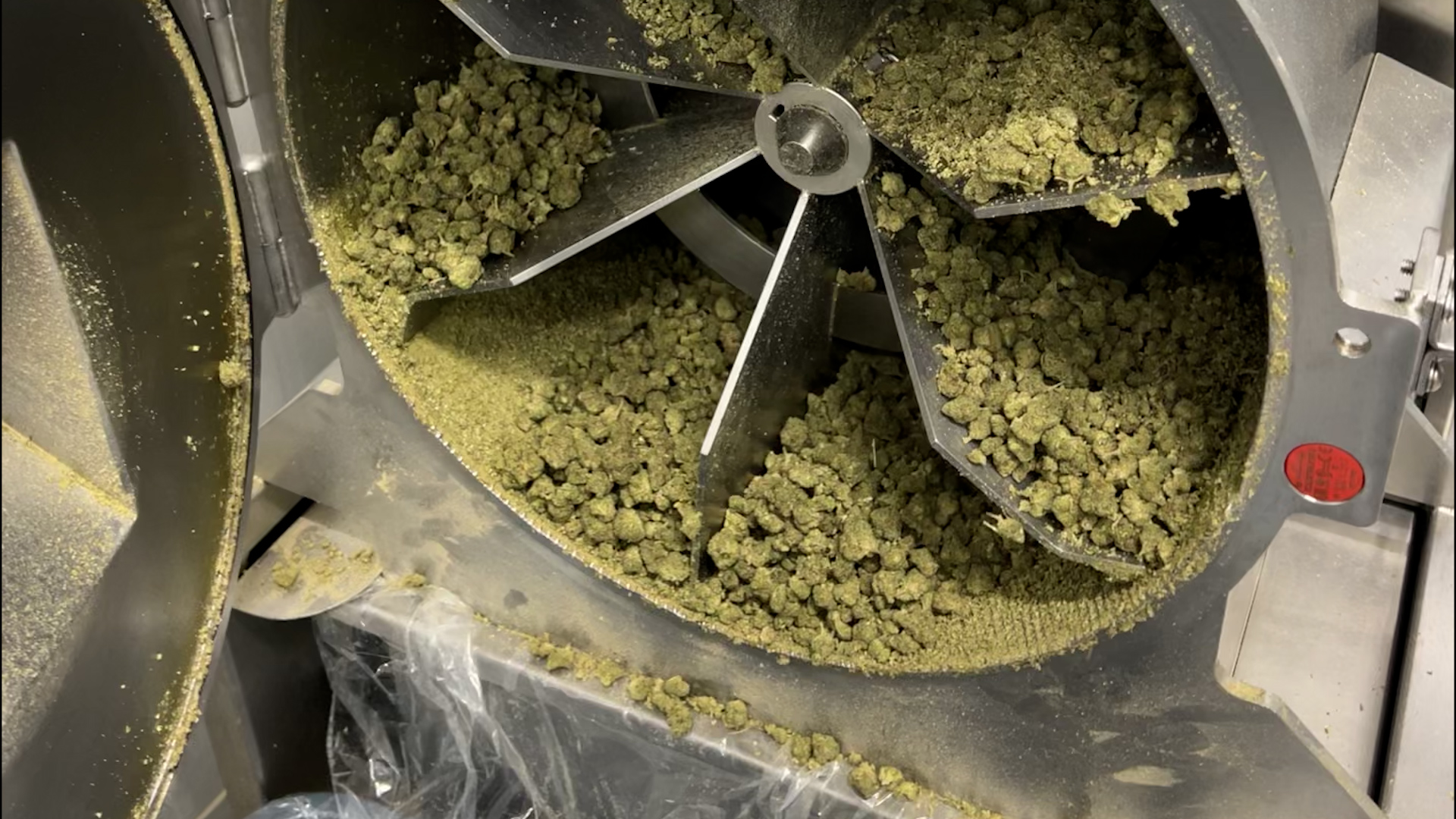
The room where milling occurs plays an important role in how your product behaves. According to our case study, the ideal room temperature for milling is 4°C (40°F). At this temperature, cannabis remained firm, trichomes intact, and the entire milling operation flowed smoothly.
But when temperatures rose above 10°C (50°F), everything slowed down. Clogging increased, screens needed more frequent cleaning, and throughput dropped due to the extra downtime.
Humidity and airflow are just as important. High humidity levels cause cannabis to retain excess moisture, which can make milling inconsistent. Too much moisture leads to wet, sticky material that gums up the mill. Ideally, keep relative humidity between 55% and 60% in the milling room. Controlled airflow ensures a uniform temperature throughout the space and prevents hot spots around equipment.
Poor airflow or inadequate HVAC design can also cause microclimates — warmer zones near equipment or intake vents. These temperature spikes may not be visible on a room sensor but still affect how the material performs in the mill. Mapping airflow and placing thermometers at multiple locations can help prevent these inconsistencies.
Creating a uniform temperature range across the processing room is vital for handling cannabis material efficiently and consistently. Variations from one corner of the room to another can introduce quality control issues.
Product Temperature Considerations
Room conditions are just one side of the equation. Product temperature matters just as much — maybe more. Milling cannabis straight from ambient storage conditions is a common mistake. Even if your processing room is cool, milling flower that is warmer than the room temperature can lead to increased resin softening and buildup, especially as the material passes through the mill’s cutting surfaces.
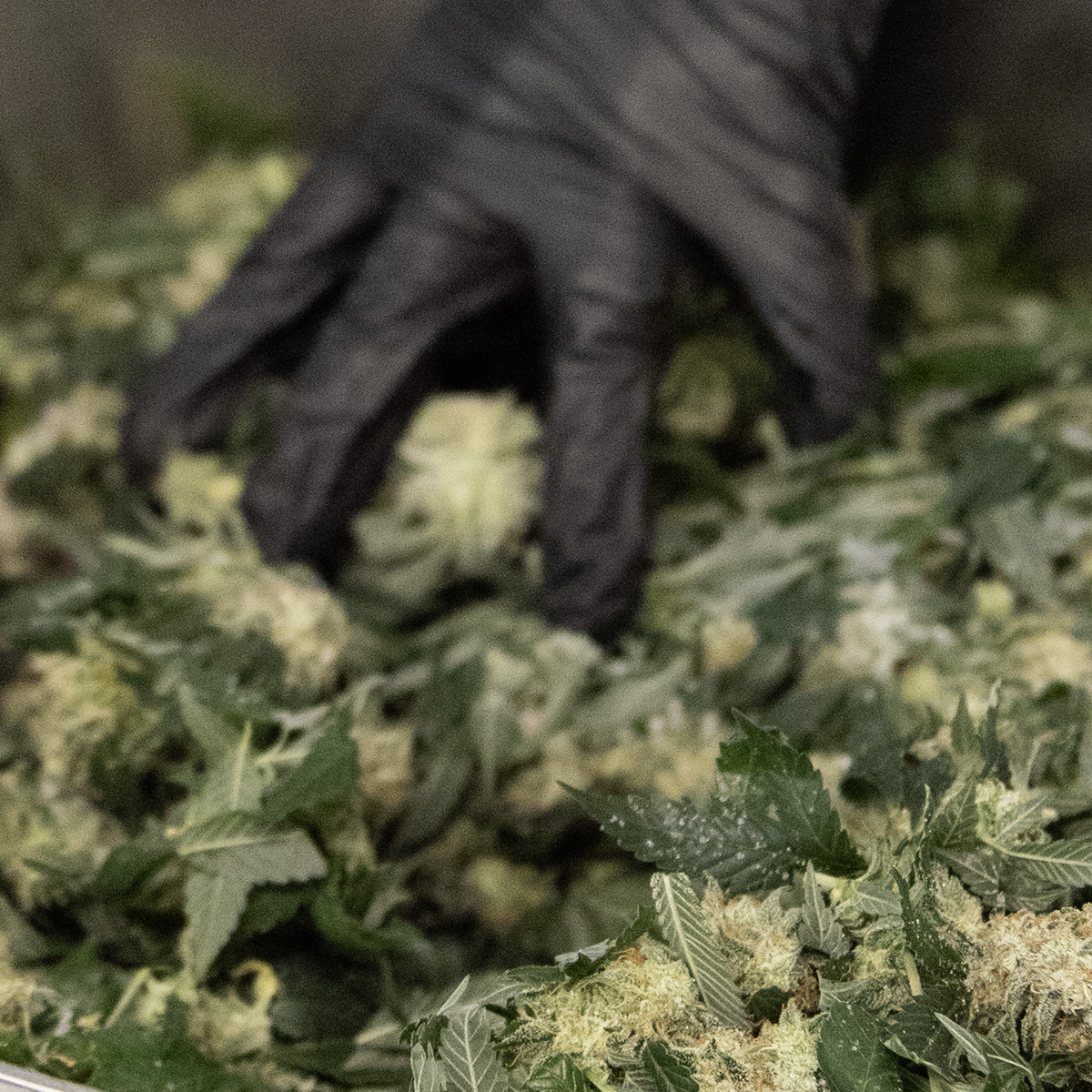
To avoid this, the best practice is to ensure the cannabis is at or below the ambient room temperature during milling. Keeping the material cooler helps maintain trichome brittleness and reduces the chances of resin smearing. This aligns with broader processing practices used in bubble hash and live rosin production, where material is kept cold to preserve trichome integrity and the full spectrum of terpenes.
While full freezing may not be practical for every facility, even partial chilling — bringing flower down to the same 4°C (40°F) range as the room — can support cleaner, more consistent milling. The colder the material, the more easily it cuts, and the less buildup you’ll have to manage.
One common mistake is leaving material out during machine changeovers or room setup. Even 15–20 minutes at ambient temperature can make a difference in stickiness and throughput. Keep bins sealed and avoid letting material warm up during transfer or staging.
In all cases, handling cannabis flower properly before it enters the mill is essential. Allowing the cannabis product to warm unpredictably can lead to performance issues that compound during the shift.
Controlling Temperature for Optimal Milling Performance
So, how do you keep things cold? Start with passive cooling methods. Pre-chill your biomass in cold storage before milling. Use insulated bins to transport material from cold storage to the processing room. Move quickly and avoid letting the flower sit out.
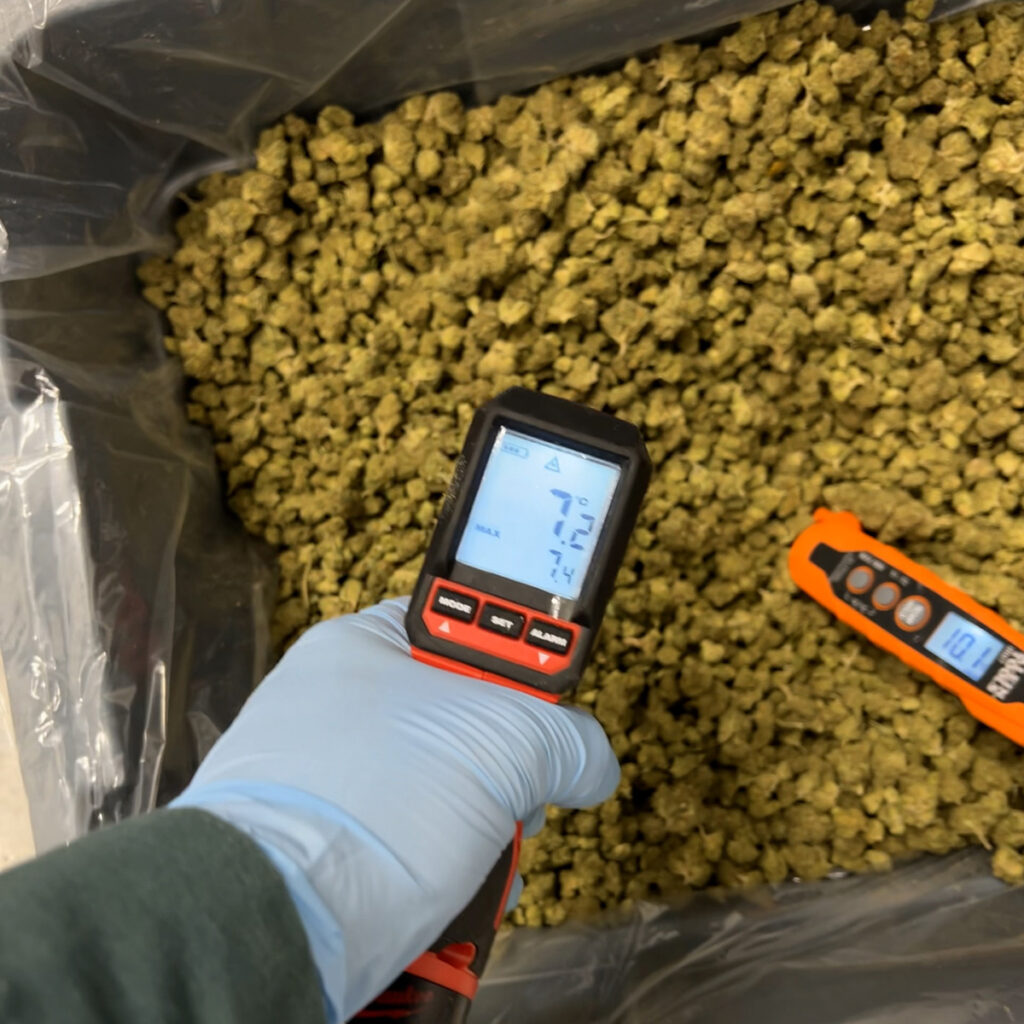
If you need more precision, active temperature control can help. Climate-controlled processing rooms let you dial in the exact environmental conditions needed. Mechanical cooling systems — like dedicated HVAC, ductless mini-splits, or chilled airflow — can stabilize room temperature even when machines generate heat during operation.
The mill itself plays a role, too. Quality equipment like the Mobius M210 or M60 is engineered to minimize friction and heat generation. These mills operate efficiently without overheating the product, preserving delicate compounds. Regular cleaning and maintenance also matter — buildup can act as insulation, trapping heat and affecting performance over time. Dull rotors also increase friction and should be cleaned and serviced regularly as part of routine preventative maintenance.
As production scales, temperature regulation becomes more complex. Larger rooms, longer shifts, and higher material volumes introduce more variables. Investing in automated environmental monitoring and real-time alerts can help detect fluctuations before they impact quality. Redundant systems and consistent SOPs also ensure that cooling strategies hold up under heavier workloads.
Integrating Temperature Control into Your Workflow
Temperature control only works when it’s embedded into daily operations. For processors looking to optimize performance, the first step is to incorporate temperature checks into their standard operating procedures.
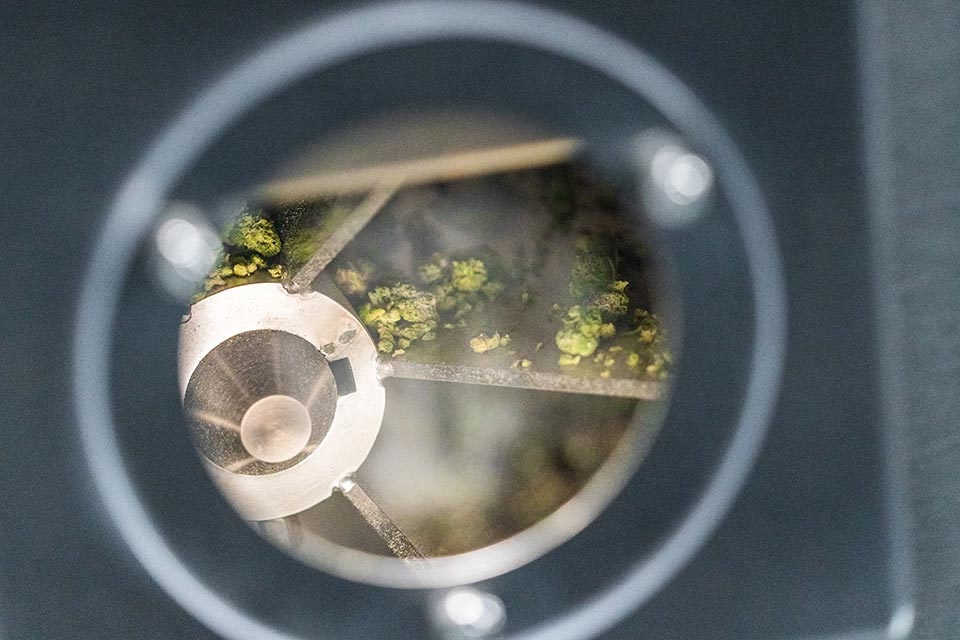
Start with simple tools like infrared thermometers to log both the product and room temperatures before processing each batch. Train operators to recognize visual signs of temperature-related issues, such as excessive resin buildup, kief clumping, or irregular particle size. Staging areas should be managed with care, ensuring bins stay sealed and flower doesn’t warm up unnecessarily while waiting.
Thermal imaging can also be used to identify hot spots near equipment or in airflow pathways. These quick checks help prevent unnoticed temperature spikes that could degrade quality or slow throughput.
Ultimately, temperature control should be seen as a team effort. Facility managers, operators, and QA teams all play a role in creating consistent milling environments. When everyone understands the stakes and participates in monitoring, the system is far more resilient.
Impact on Yield, Quality, and GMP Compliance
When you control temperature, everything improves. Yields go up because you’re not losing trichomes to sticky screens. Particle size distribution tightens, making pre-rolls more uniform and extraction processes more consistent.
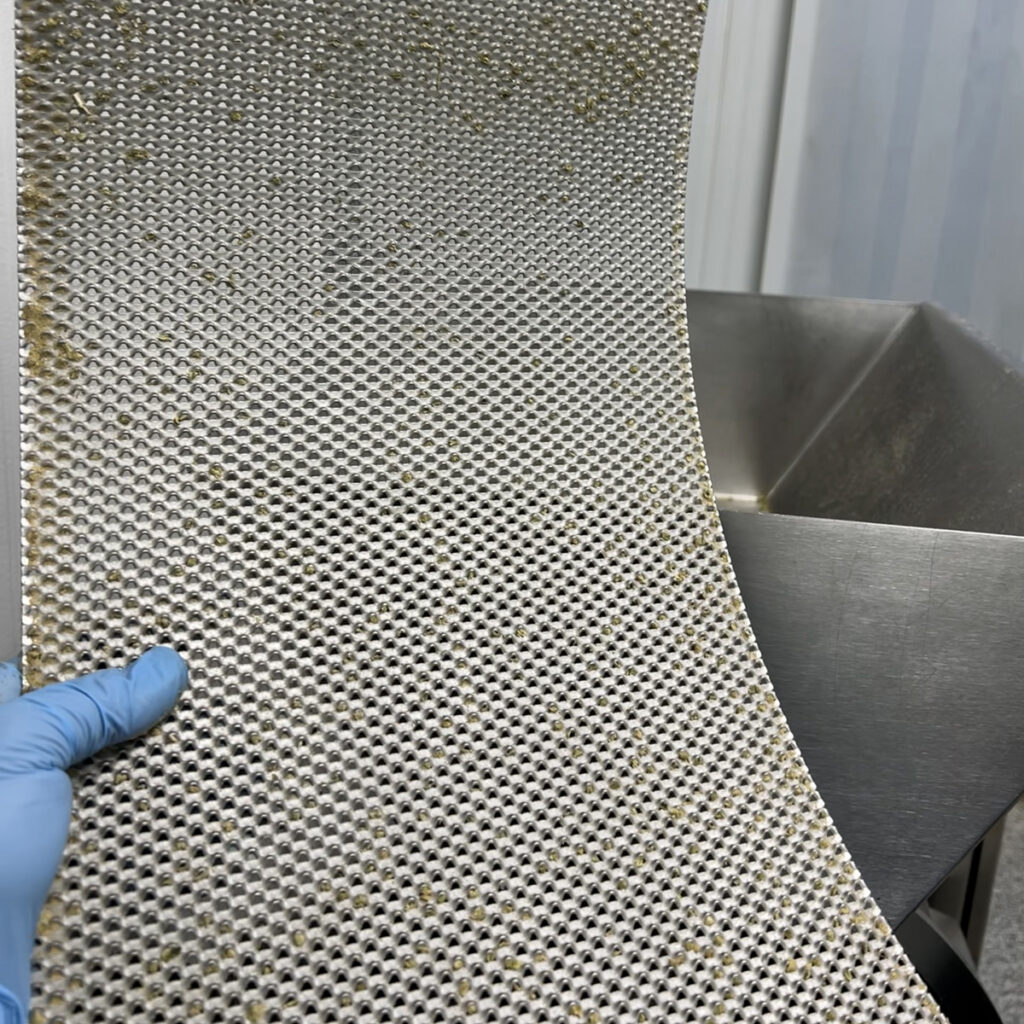
In the case study, milling at lower temperatures led to cleaner cuts, less downtime, and better throughput. Trichome retention increased while resin buildup dropped, and metrics for overall quality improved.
From a regulatory standpoint, stable processing conditions also support GMP compliance. Being able to demonstrate environmental control during milling shows consistency, a key factor in passing audits and meeting quality standards. Facilities with GMP frameworks often incorporate temperature logs into batch records or quality management systems. This traceability not only helps with internal process control but also gives auditors clear evidence that processing conditions are monitored and controlled.
Ultimately, consistent temperature control is a cornerstone of professional cannabis processing. It supports not only product quality, but the broader scalability and efficiency goals that modern cannabis industry operations demand.
Temperature control isn’t just about a better product. It’s about maintaining batch-to-batch consistency, improving operational workflows, and supporting a reliable, scalable infrastructure.
Precision Milling Starts Here
Milling temperature isn’t a footnote in your processing workflow. It’s a core variable that determines how well your mill runs, how potent your product is, and how efficient your team can be.
By dialing in your room and product temperatures — ideally around 4°C (40°F) — you set yourself up for fewer clogs, cleaner screens, tighter particles, and better downstream processes. Whether you’re producing cannabis extract, preparing pre-rolls, or complying with GMP standards, dialing in your temperature settings is non-negotiable.
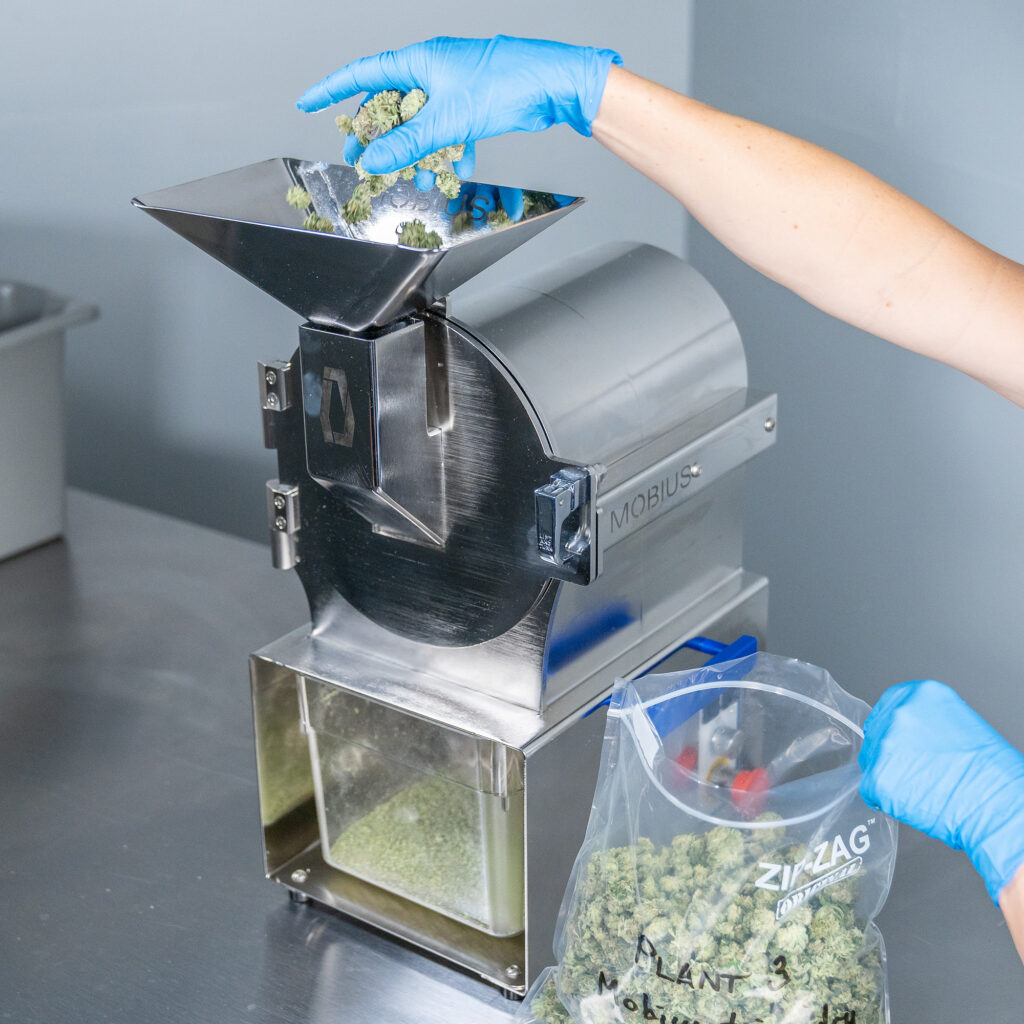
Mobius M60 & M210 Mills
Beyond quality, temperature control also helps reduce waste by boosting yields, improve operational sustainability, and scale production more reliably. It’s a small variable with wide-reaching effects.
Mobius has spent years working with commercial producers to refine the science behind cannabis milling. From case studies to real-world feedback, we’ve seen firsthand how precise temperature control can transform efficiency and product quality.
If you’re looking to optimize your milling performance, contact us to start a conversation with our team.

